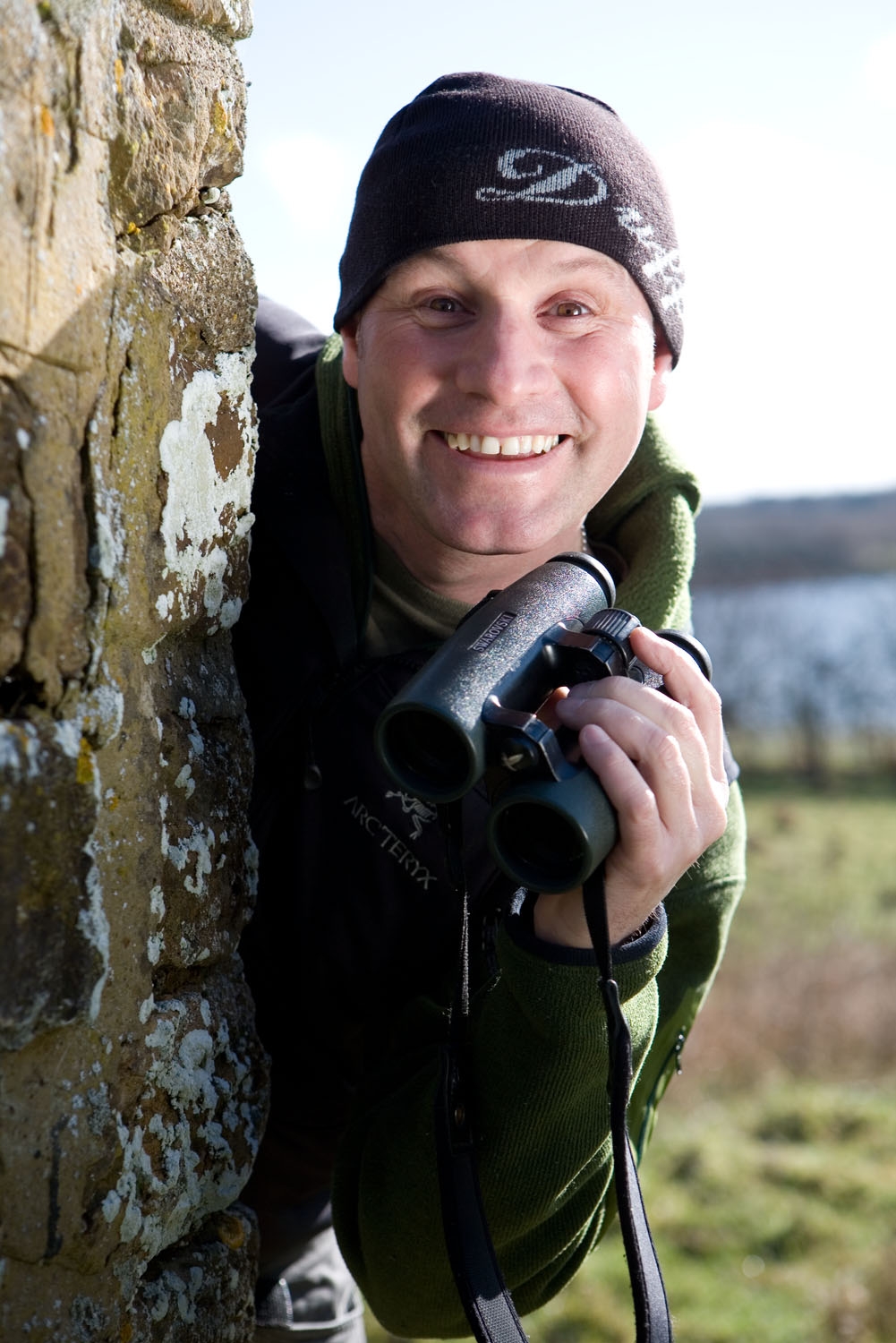New Guinea is the second-largest island on the planet after Greenland, but its birdlife is best described as out of this world.
Possessing an unearthly mystery, New Guinea’s birds of paradise are seldom seen by anyone apart from a handful of film crews and intrepid ornithologists.
The first European explorer to observe the birds’ remarkable feathers and bizarre courtship behaviour was none other than naturalist Alfred Russel Wallace. He duly ranked them as “the most beautiful and most wonderful of living things”.
What are birds of paradise?
Birds of paradise (BoPs for short) are a group of more than 40 related species confined to the forests and mountains of New Guinea, a few nearby islands, and north-eastern Australia.
Birds of paradise origin
All Birds of Paradise are thought to have descended from a single Australian ancestor belonging to the crow and jay (or corvid) family, but New Guinea’s complex geology has changed dramatically over millions of years, isolating populations and driving the group’s glorious diversification.
Today, birds of paradise come in all colours, shapes and sizes, from the starling-sized ‘blood and snow’ king birds of paradise to the heron-sized, dark and mysterious black sicklebill.
Do birds of paradise mate for life?
No birds of paradise definitely don't mate for life - and the responsibility of bringing up the chicks lie firmly with the females, while males try to mate with as many females as possible.
- Do birds mate for life? Discover just how faithful they really are
- How do birds mate? A guide to bird sex
Birds of paradise male vs female: Sexual selection
Sexual selection is another evolutionary driving force, which has resulted in extreme sexual dimorphism in many birds of paradise. Males exhibit ornate plumage to impress females, whereas females – saddled with the sole responsibility of raising the young – tend to be duller and camouflaged.
Birds of prey spectacular courtship
Males opt for a ‘bachelor bird’ lifestyle and spend most of their time and energy attempting to mate with as many females as possible, in a reproductive system known as polygyny. Displays are as colourful and varied as the birds themselves.
Members of the Paradisaea family (which includes the raggiana, greater and lesser BoP), for example, gather in an allotted spot in the forest canopy, before noisily shaking their plumes in a desperate bid to garner the attention of female onlookers. In contrast, members of the Parotia family perform highly ritualised solo dances within individual territorial ‘courts’ on the forest floor.
What are most spectacular birds of paradise?
A mention must also go to the so-called ‘shape-shifters’, which include three species of riflebird, two species of superb birds of paradise, and two species of sicklebill. The males of all these species are capable of drastically altering their appearance on demand.
The magnificent riflebird, for example, seduces any interested females by fanning his wings into an ovoid, while the black sicklebill takes this transmogrification a step further by contorting into a long, comet-like shape.
But the greater superb birds of paradise takes the prize for the most radical transformation. The male contorts his body and feathers to form a wide oval disc featuring an iridescent ‘smiley face’. Facing the captivated female, he then hops along a fallen log to the beat of snapping wing clicks.
Other species have evolved extraordinary appendages with which to bewitch and beguile. Take the twelve-wired Birds of Paradise, which brushes and arouses the female using 12 highly adapted feathers with wiry tips, or the King of Saxony, which possesses two stiff head-plumes that he wafts around like the antennae of a long-horned beetle.
What do birds of paradise eat?
The bird of paradise diet consists mostly of fruit, which is abundant in the New Guinean forests. With the birds’ foraging time hugely reduced, the males can devote a large portion of their day to showing off. The females’ downtime, meanwhile, will be spent watching.
What threats do birds of paradise face?
New Guinea lacks large mammal carnivores, and with the island’s marsupials mainly insectivorous, the New Guinea harpy eagle is the top predator. This means that a set of unwieldy plumes might not be the dangerous encumbrance that it would likely be in other tropical forests, such as the Amazon or the Congo.
How easy are birds of paradise to see in the wild?
Birds of paradise spotting is not for the faint-hearted – birding in these remote parts is as tough as it gets. Many species are extremely elusive and only likely to be seen at their traditional display trees or courts. This makes local guides vital, both for seeing the birds and for arranging transport around an island with poor infrastructure.
The best and in fact the only way for a birds of paradise fix is to join an organised tour, which will not only help you sample paradise, but also enjoy the delights of sharing it with other like-minded souls.
Best places to spot birds of paradise
Kiunga area
Close to the border with West Papua, high-altitude forests along the Fly River host the king and twelve-wired BoP
Raja Ampat Islands
This archipelago, located off the tip of Bird’s Head Peninsula, West Papua, is home to the endemic Wilson’s and red BoP
Arfak Mountains
The western parotia and magnificent bird of paradise await those visiting the remote forests of Bird’s Head Peninsula
Kumul Lodge
A range of BOPs, such as the King of Saxony and short-tailed paradigalla, can be seen either in the lodge’s gardens or the nearby forests of Rondon Ridge
Varirata National Park
Papua New Guinea’s first national park offers well-maintained trails close to the capital and the opportunity to encounter the raggiana BoP
And another thing...
For those unable to catch up with birds of paradise in forests, many of their plumes can be seen in the head-dresses of the island’s innumerable local tribes at a host of highly colourful cultural festivals, such as the Goroka Show in mid-September.
Discover more fascinating birds
